
Building an environmentally friendly house saves you a lot of money.
Sustaining the environment is our responsibility as growth and development take over with the global warming effect.
Environmentally friendly homes are becoming trendy and acceptable in our world already. Why will anyone not be part of this time, energy, and money-saving building construction?
Read on to find out how to build an eco-friendly house and the benefits it offers.
Why Build an Eco-Friendly House?
An eco-friendly house or greenhouse is built using resource-efficient and environmentally responsible materials and processes. This building construction is beneficial to you in these five ways.
- Low Maintenance
The primary aim of building an eco-home is to construct a home that is very durable and has little effect on the environment. This feature reduces the cost of building and the cost of living in the house. The home looks newer for a long time and requires little repairs and maintenance.
- Better Environment
You will have a surrounding that is free from certain harmful chemicals that come with manufactured products since you will build with eco-materials. Eco materials are safer and free from pollutants, thereby giving you a healthier environment.
- Energy, Water, and Material Efficiency
Eco-friendly buildings rely on renewable energy, which makes acquiring energy less expensive for owners. They also allow alternative sources of water that reduce wastage and make water less expensive. Eco houses enable the use of physical processes and materials in a minimal way that doesn't disrupt the desired outcome.
- Improved Indoor Environment Quality
The type of activities you can carry out inside your house depends on the condition of the house. A quality indoor environment protects the occupant's health and reduces stress. Eco-friendly homes avoid the use of materials that emit toxic substances into the air. They improve the quality of life.
- Higher Property Value
Greenhouses attract buyers because homeowners are beginning to realize their benefits. The demand for eco-friendly houses is on the increase. If you build one today, you are a step ahead into the future because it will be worth more than the total cost used in construction.
These are some of the reasons why more people seem to be tripping into the eco-friendly house idea.
How to Build an Eco Friendly Home
When you decide to build your new house, put these environmentally friendly options in place.
1. Build Small
Small houses are easy to maintain. They cost less and are time-saving. When considering an eco-friendly home, think of a small house plan. Be smart when designing your house. This means that you think of the best use of space by keeping it low and simple. When you have a small house plan and budget, you will be more inclined to go for natural infrastructures.
2. Use Recycled Materials
This move is the best way to cut costs. Use sustainable and biodegradable materials that are environmentally friendly. Timber, plastic, glass, and many others are recyclable materials that fit in for an eco-friendly home. You can use recycled products for runner roofing. They also fit in for composite decking, which is made from wood, water, and recycled papers. Your home interior will also include recycled products like tree pulps for paper-based kitchen and countertops and recycled plastic bottles for carpets.
3. Install Water-Saving Fixtures

Reduce water wastage by installing water fixtures that control the flow of water from the toilets, showerheads, and taps. Clean water is becoming more and more difficult to find. You must look for faucet fixtures that are efficient such as electronic faucet, which allows water to run only when they are needed. Install quality water fixtures, so you don't spend on fixing leakages.
To further avoid wastage from flushing, install dual-flush toilets. These toilets have two flush options — one for liquid waste and one for solid waste. The liquid waste flush allows 0.8 gallons of water per flush while the solid waste flush allows 1.6 gallons of water per flush. With this toilet, you can save up to 80% of water consumption.
4. Harvest and Recycle Rainwater
Water shortage can stagger the population, so play your role by installing a water conservation system in your home. Apart from the dual-flush, water can also be managed by installing a rain harvesting system in your home. Rainwater used to be the primary source of water before development and civilization gave us other options.
This rain harvesting system helps you to retain and reuse rainwater. It collects water from the rain and provides an irrigation system to reuse it for flushing the washing of cars and may even be purified for drinking.
5. Proper Insulation
Insulation is essential. Poor insulation means excess spending on cooling and heating the house. It can cause more usage of energy than intended. Invest in the installation of high-quality insulation that will keep your home cool when the weather is hot and warm when the weather is cool.
Insulation helps to control your house temperature for many years. It is worth the price. Make sure your builder knows the right insulation to use and how to install it properly.
6. Quality Doors and Windows

Poor quality doors and windows allow airflow and prevent your heating and cooling system from functioning correctly. They may even have to overwork to keep a constant temperature in the house. The windows of your home must also be appropriately placed.
Placement of windows, as simple as it seems, can make an enormous difference if not done properly. Your builder should identify the most strategic position for the window to take advantage of the cool breeze or sunlight.
7. Installing Renewable Energy Sources/ Duct System

Look for alternatives instead of sticking with mass-produced electricity. Try to make your home energy efficient by using renewable energy sources.
- Install modern heat pumps
A modern heat pump collects outdoor air and converts it to produce warmth indoors when the weather is cold.
Heat pumps are cost-effective and easy to install. They come in different forms; ceiling-mounted, wall-mounted, and floor-mounted. Although they use electricity, modern heat pumps are designed to use less energy than they produce. This helps to reduce your bills and make your home environmentally friendly.
- Solar thermal panel
With solar panels, you can save the energy accumulated during the day. A solar thermal panel is limited to heating water. Instead of using water heaters that consume so much electricity and increase your bill, use a solar thermal panel and cut down cost. It has enough capacity to cater for a large family that needs a lot of water.
- Photovoltaic solar panels
Photovoltaic panels are cheaper than solar thermal panels. They are a perfect heat pump used for heating or cooling the house. You can produce energy during the day, exchange with your Energy Network Operation, and get it back at night. If installing a photovoltaic solar panel is too heavy for your roof, use a solar glass panel that has photovoltaic technology.
There are other options like the solar shingle tech, which also has renewable batteries. It is also a smart and elegant way to make your home eco-friendly.
- Wind power
If there is enough wind pressure in your location, installing a vertical mini-wind turbine is an option to consider. Wind turbines are often found in urban environments and work well with turbulent conditions. But a wind turbine may be too noisy and may not appeal to many people.
8. Rethink your light fixtures

The type of lighting you use for your home can determine how much energy you will consume. Light fixtures should be chosen with great consideration. Use energy-saving light bulbs that will use 75% less energy and last longer than traditional bulbs. Some energy-saving bulbs can even help you save up to 135% energy over their lifetime.
A better option is designing your home to allow maximum use of natural light, so you don't need to use extra bulbs even at night.
Typical Eco Friendly House Materials to Use
Consider using any of these eco-friendly materials for the construction of your home.
- Bamboo
Bamboo comes from the grass family. It is strong, durable, and ideal for walls and flooring.
- Straw bales
They have great insulating properties and can be used for walls, ceilings, and attics. Straw bales contribute to cooling the temperature of the house.
- Cork
Cork is flexible and resistant to wear and tear. It has noise absorption properties, which makes it a good insulation sheet.
- Concrete slabs
These are mostly formed by manufacturers and used for walls and building façades. They are suitable for any kind of weather and serve as a perfect way to control heat.
- Reclaimed wood
Although density varies, reclaimed wood can be used for structural framing, flooring, siding, and cabinetry.
Wrap Up
These are some of the best ways to build an eco-friendly house. First, make sure you design your home to be eco-friendly. Second, consider installing eco-friendly appliances to conserve water and energy. Third, use eco-friendly materials that benefit you and your environment.
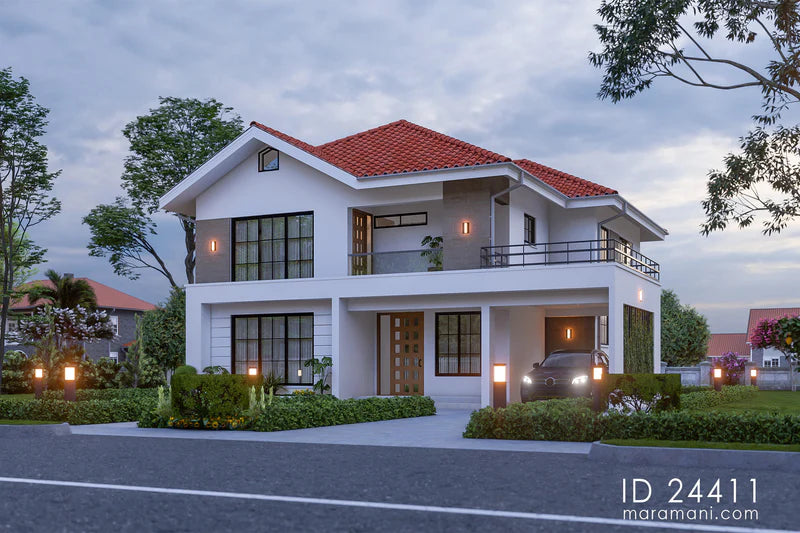
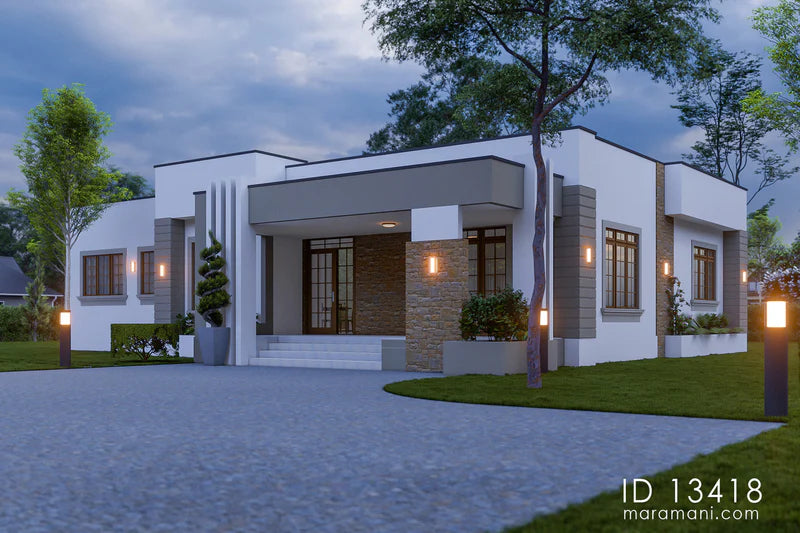
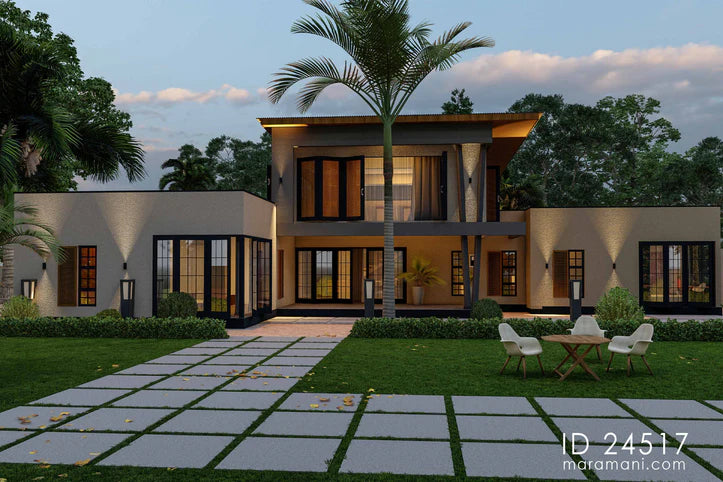
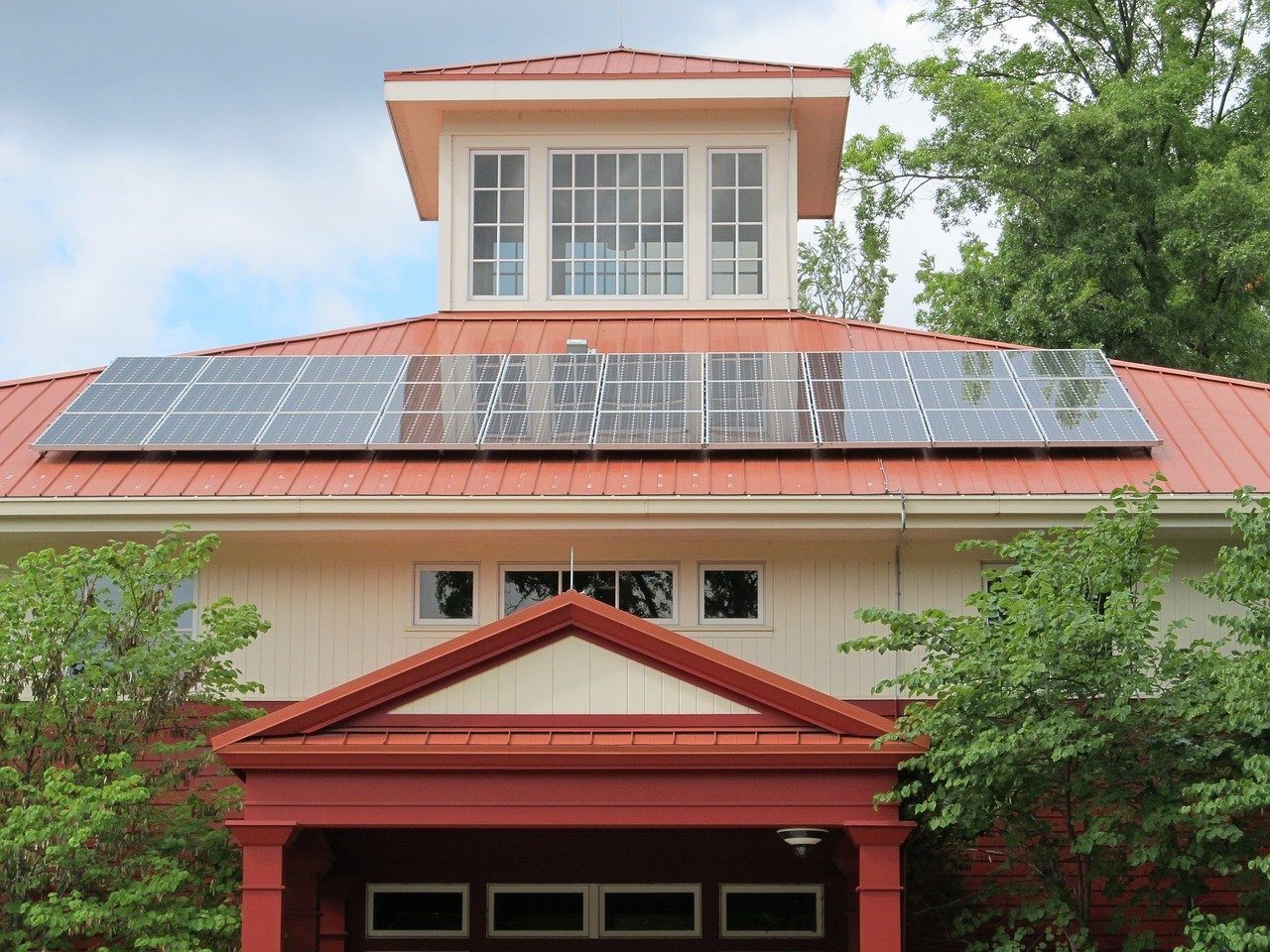
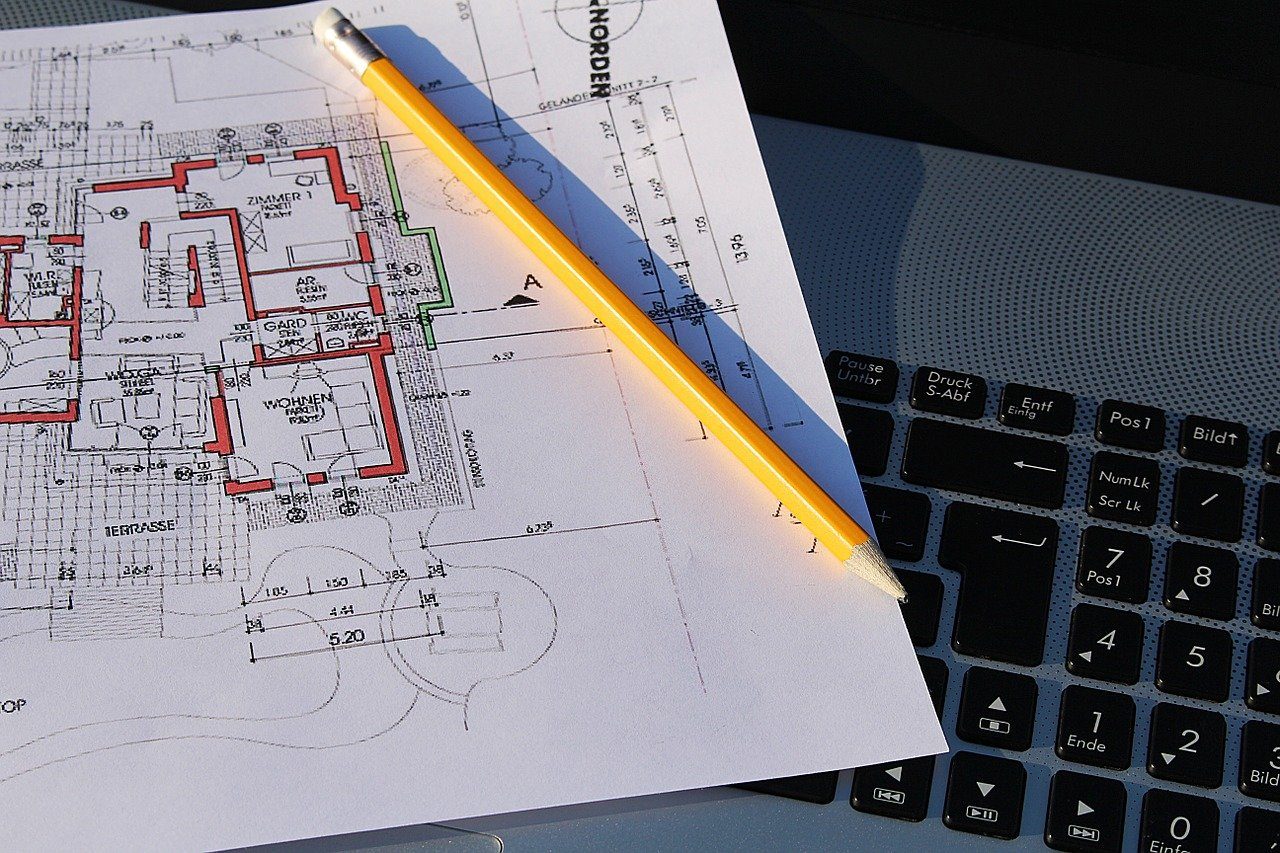
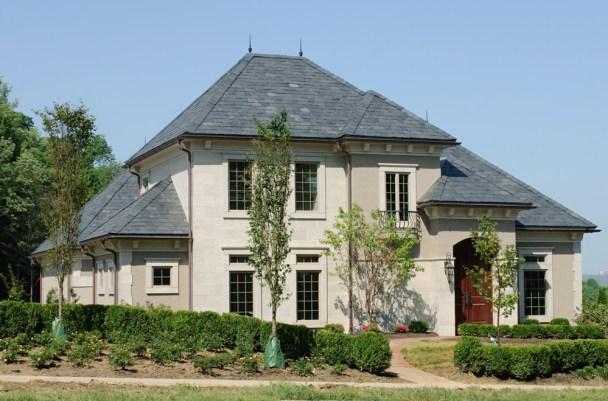
Leave a comment
This site is protected by hCaptcha and the hCaptcha Privacy Policy and Terms of Service apply.